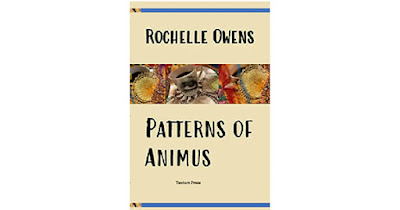Nathan Leslie's novel, Van Boyle, explores the life of a former major league baseball player who ultimately becomes homeless and completely destitute. What happened?
Van's story warns against raising children whose entire identity rests on performance in any single domain. When that domain ends (through injury, aging, or simply moving on), they're left with nothing. The competitive drive exhibited in sports didn't help Van because it was fundamentally fear-based, not curiosity or joy-based.
The novel's bleakest suggestion: our culture's obsession with youth sports isn't really about children's development. It's about parents' anxiety about their children's future economic viability in an increasingly precarious system. We're training children to be productive workers, not whole humans.
So maybe the question isn't whether to sign kids up for athletics, but whether one is doing it to teach them their worth depends on outperforming others—or to give them opportunities for joy, community, physical engagement, and learning that failure isn't catastrophic. Van needed the latter and got the former, with tragic results.
The Myth of Transferable Athletic Drive
Van is unable to transfer baseball motivation to other domains. That fact cuts to something crucial the novel is interrogating. This is where Van Boyle becomes a devastating critique of youth sports mythology.
Van's "drive" in baseball wasn't healthy motivation—it was trauma response. His father's abuse conditioned him to perform or face violence. The batting cage became his "refuge" not because he loved the game organically, but because it was the only place he received conditional approval. His compulsive practice (lifting weights at 5:30 AM, swinging weighted bats 200 times nightly) reads less like discipline and more like survival mechanism.
When baseball ends, he has nothing because the drive was never his—it was his father's, internalized. The novel suggests that athletic "discipline" built on fear, shame, and conditional love doesn't transfer to healthy adult functioning. It produces people who can perform narrow tasks under specific conditions but collapse when those structures disappear.
Youth Sports: Can They Hurt Kids?
The novel doesn't suggest that sports are inherently harmful—but it does suggest we should examine why and how we're using them. The "sports build character for capitalism's competition" narrative is exactly what Van Boyle interrogates and finds wanting.
Consider what Van actually learned from baseball:
- Your worth is measured by performance metrics
- Love and approval are conditional on success
- Injury/failure means worthlessness
- You are only valuable when productive
- Vulnerability is weakness
- Asking for help is shameful
These aren't "life lessons"—they're ideology dressed as virtue. They're particularly toxic because they prepared Van for nothing except more performance anxiety. When he couldn't perform, he self-destructed.
A Different Framework for Youth Activities
If a parent is reconsidering youth sports, perhaps the question isn't sports vs. no sports, but: what values will structure the experience? Some considerations the novel might suggest:
What the novel warns against:
- Activities valued solely for college applications/future economic advantage
- Performance measured only by winning/metrics
- Worth tied to ability/achievement
- Competition as preparation for "the real world"
- Using activities to build "toughness" or "grit"
What might be healthier:
- Activities chosen for intrinsic enjoyment
- Emphasis on cooperation, creativity, problem-solving
- Value placed on effort and growth, not outcomes
- Recognition that rest, play, and "unproductive" time have worth
- Teaching that failure is information, not identity
- Modeling that asking for help is strength
The novel suggests Van needed experiences that taught him he had inherent worth—that he mattered beyond what he could do. Baseball taught the opposite. It made him exceptional at one thing while stunting his emotional development everywhere else.







